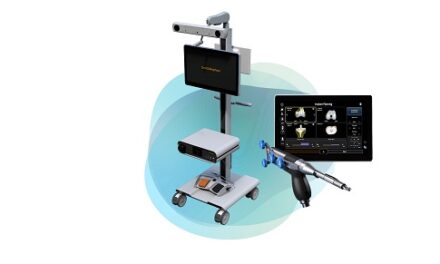By Betsy Johnson
Since COVID-19, the world has drastically changed in terms of where we work and how we work. Many companies shifted to fully remote work, which caused people to change their views on the workplace. Many are thriving off the benefits of working from home such as work-life balance, control over commute, access to more opportunity and choosing where they want to work. Some people do not thrive in an environment where they’re isolated and must rely on themselves to stay on track with deadlines and projects. This is where a hybrid schedule may play a keen role for some. This helps them maintain the schedule they’re used to, but still offers the flexibility that so many desire. Because of the virtual distance, people had to readjust how they interacted and maintained relationships with employees and clients. Various companies are providing things such as huddles, happy hours, and are continuously searching for new ways to encourage more personal relationships within the workplace. Arranging weekly check-ins, virtual lunches, company contests/ challenges and coffee chats can motivate employees to take regular breaks and stir up conversation. Social groups can help remote employees connect with people who may have similar interests. This may provide an opportunity to learn about other departments and more about the company they work for.
According to LinkedIn data, remote work listings increased by 357% between May 2020 and May 2021. Even before the pandemic, 25% of people considered switching jobs in hopes to pursue a better work-life balance and avoid productivity pressure in an office setting (Hogan Assessments). A few challenges surrounding working from home are staying on track and managing time. Creating daily or weekly routines can help alleviate pressure and help people stay proactive. Some employees may feel like it is more mentally taxing to collaborate on projects in remote work environments, then walking down the hall to a conference room. To prevent burnout associated with those feelings, people should focus on quality over quantity when it comes to communicating with colleagues, consider consolidating meetings and maintain healthy boundaries. Working remotely isn’t one size fits all; this is where the topic of hybrid work comes to surface. Organizations should recognize the factors that contribute to the ample difference in an employee’s approach to work and relationships. Employees can establish and maintain workplace relationships while still holding onto flexibility and time at home. In retrospect, this provides higher productivity and less time spent commuting. Office space can now be used for collaborative projects, team meetings and can help reduce office footprints and overhead.
Remote work leaves organizations with expanded talent pools, which grants them access to the global workforce. In today’s world, we are constantly searching for more ways to improve mental health, wellbeing and overall job satisfaction. Lowering turnover, burnout, uncertainty and workplace anxiety should be every organization’s goal. Reconfiguring benefits systems, hosting virtual happy hours and providing regular one-on-one meetings with managers, are great ways to get ahead of any problems, share thoughts and keep employees engaged. There are many work from home models available, with their relevance depending on the specific business and employee needs. As work from home options expand, companies will continuously have to adapt to the new work from home reality, listen to their employees and ensure their needs and mental health are being taken care of to ensure a safe, healthy and very productive future.
HIMpros offers excellent work from home options in a variety of non-clinical healthcare roles. Please check out our website www.thehimpros.com and reach out to our team today!
Betsy Johnson is Founder & CEO, HIMpros.




























